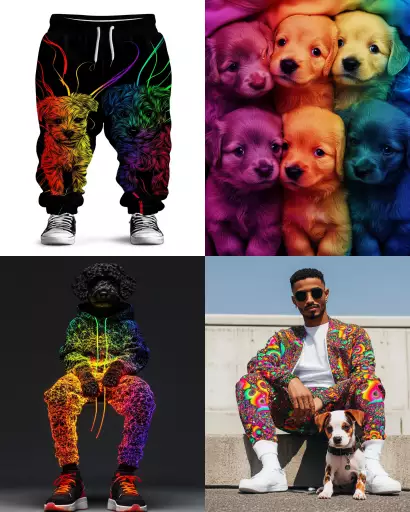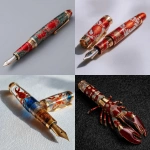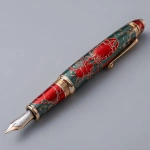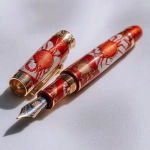Explore the Best AI Image Gallery

Beyond the Canvas: Wearable Tech as a New Creative Frontier
The realm of creativity has always been driven by innovation, constantly pushing boundaries and exploring new forms of expression. Today, wearable technology stands as a powerful catalyst for this evolution, redefining how artists, designers, and innovators interact with their craft and engage audiences.
Wearable Tech: A Palette of Possibilities
From smart glasses that augment reality to haptic suits that translate sound into physical sensations, wearable tech offers a diverse range of tools that transcend traditional mediums. Artists can now:
- Sculpt with light and sound using interactive garments that respond to movement or environmental stimuli.
- Compose immersive soundscapes through wearable devices that capture and manipulate ambient noise or body movements.
- Paint with 3D projections, overlaying digital art onto physical spaces using AR glasses or head-mounted displays.
- Choreograph performances where dancers movements directly influence visual elements projected onto their bodies or the surrounding environment.
The Impact on Design and Collaboration
Wearable tech is also revolutionizing design processes. Architects can now visualize building structures in 3D, walk through virtual spaces, and receive real-time feedback from clients wearing AR headsets. Fashion designers can experiment with fabric textures and patterns, projecting designs onto physical garments before production.
Moreover, wearable tech fosters seamless collaboration. Designers and engineers can work together remotely, sharing ideas and insights through haptic interfaces or collaborative VR environments. This fosters a more inclusive and interconnected creative ecosystem.
Ethical Considerations: Navigating the New Terrain
As with any transformative technology, wearable tech in the creative industry raises important ethical considerations:
- Privacy and data security: Wearable devices collect vast amounts of personal data, raising concerns about how this information is used and protected.
- Accessibility and inclusivity**: Ensuring that all individuals have equal access to these technologies is crucial to prevent further marginalization.
- Authenticity and ownership**: The blurring lines between human creativity and AI-generated content necessitate a discussion about authorship and intellectual property rights.
Future Trends: A Glimpse into the Horizon
The future of wearable tech in creative industries is brimming with possibilities:
- Brain-computer interfaces**: Imagine composing music directly through thought or controlling virtual art installations with your mind.
- Personalized and adaptive experiences**: Wearable devices could tailor artistic expressions to individual preferences and emotional states, creating truly immersive and engaging encounters.
- Augmented reality storytelling**: Immerse audiences in interactive narratives where the boundaries between fiction and reality dissolve.
Conclusion: Embracing the Transformative Power
Wearable technology is ushering in a new era of creativity, empowering artists to explore uncharted territories and pushing the boundaries of artistic expression. As we navigate this evolving landscape, it is essential to embrace its transformative power while addressing the ethical considerations that accompany such advancements. By fostering a culture of responsible innovation and inclusivity, we can unlock the full potential of wearable tech and shape a future where creativity knows no bounds.



